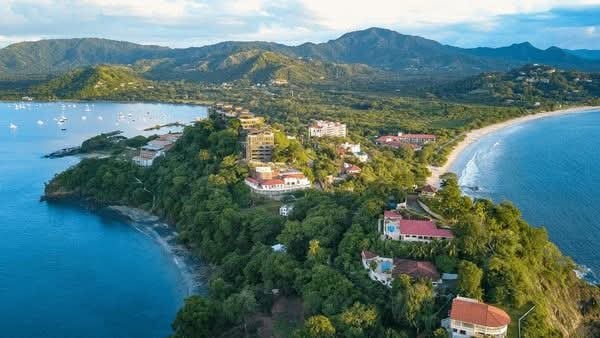The Success of Costa Rica's Reforestation Efforts
Background: Costa Rica, a small country in Central America, is widely recognized for its successful efforts in environmental conservation. In the 1980s, Costa Rica faced significant deforestation, with more than half of its forests being cleared for agriculture, logging, and development. This led to the loss of biodiversity, disruption of ecosystems, and increased carbon emissions. In response, Costa Rica implemented a series of policies and programs aimed at reversing the damage and promoting sustainable development. Reforestation and Conservation Policies: 1. Payment for Environmental Services (PES) Program (1997): One of the key initiatives Costa Rica introduced was the Payment for Environmental Services (PES) program, which provided financial incentives to landowners who preserved or restored forests on their property. The program recognized the role of forests in providing essential services such as carbon sequestration, biodiversity conservation, water regulation, and soil protection. 2. National Parks and Protected Areas: Costa Rica expanded its network of national parks and protected areas to preserve its natural landscapes and biodiversity. Today, more than 25% of the country’s land is designated as protected areas, including national parks, biological reserves, and wildlife refuges. 3. Ecotourism Development: The country actively promoted ecotourism as a sustainable way to generate revenue while protecting the environment. Tourists visit Costa Rica's rich ecosystems, including rainforests, volcanoes, and wildlife, contributing to the country's conservation efforts and providing income for local communities. 4. Reforestation Projects: Costa Rica embarked on large-scale reforestation efforts, with millions of trees being planted over several decades. By the early 2000s, the country had successfully begun to reverse deforestation, and forest cover steadily increased. Results and Impact: Forest Recovery: Costa Rica's forest cover has increased from 21% in the 1980s to approximately 52% today. The country is one of the few places in the world where deforestation has been reversed, thanks to a combination of public policy, private-sector involvement, and community-based conservation efforts. Biodiversity Preservation: Costa Rica is home to over 5% of the world's biodiversity despite its small size. The country's reforestation efforts and protection of ecosystems have helped preserve species such as jaguars, scarlet macaws, and countless amphibians, insects, and plants. Carbon Sequestration: The reforestation initiatives have contributed significantly to carbon sequestration. Costa Rica is one of the few countries aiming to be carbon-neutral by 2050, with a large portion of its emissions offset through forest conservation and renewable energy initiatives. Economic Benefits: The country has become a global leader in ecotourism, generating significant income from tourists who come to experience its natural wonders. Ecotourism has also provided incentives for local communities to engage in sustainable practices, such as organic farming and conservation efforts. Challenges and Ongoing Efforts: While Costa Rica has made remarkable strides in environmental conservation, it faces challenges such as agricultural expansion, climate change, and illegal logging. The government continues to strengthen laws and enforcement, expand the PES program, and focus on promoting sustainable agriculture practices to address these challenges. Conclusion: Costa Rica's successful reforestation and conservation efforts demonstrate the potential for nations to balance environmental protection with economic development. Through innovative policies, such as the PES program and a commitment to ecotourism, Costa Rica has become a model for sustainable development, inspiring other countries to adopt similar practices to restore ecosystems and promote environmental resilience.


My post content